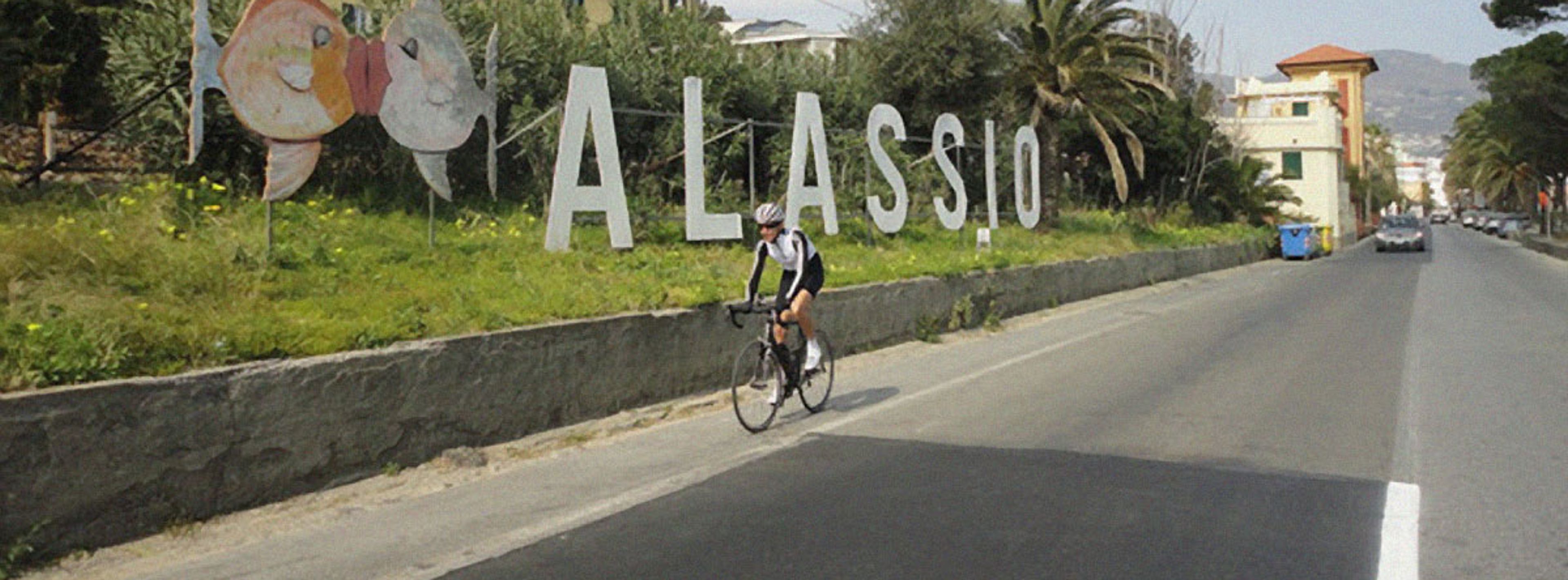#BeforeProject : Milan-San Remo
Guillaume Prébois came to Ritchey with a plan: to ride the Spring Classics and key Pro Tour stages of 2015 prior to the actual race, give his insight on what the pro peloton would experience and where the crucial moves would happen. What unfolded is something Guillaume calls the #BeforeProject. So we put him on our Superlogic EvoCurve bar, Superlogic C260 stem, WCS Contrail and WCS Zeta II wheels- ensuring he would have the best, near-pro experience while over taking these courses. Below is his take on the historic classic Milan-San Remo.
Guillaume Prébois came to Ritchey with a plan: to ride the Spring Classics and key Pro Tour stages of 2015 prior to the actual race, give his insight on what the pro peloton would experience and where the crucial moves would happen. What unfolded is something Guillaume calls the #BeforeProject. So we put him on our Superlogic EvoCurve bar, Superlogic C260 stem, WCS Contrail and WCS Zeta II wheels- ensuring he would have the best, near-pro experience while over taking these courses. Below is his take on the historic classic Milan-San Remo.
Milan-San Remo opens the spring classics season. The "Primavera" is the longest race of the professional calendar with a distance of 293km (which you must add a 10k transfer from the city-center to the real start at the exit of Milan). This year, the organizers have decided to get back to Via Roma, the old historical course where Eddy Merckx was winning back at the time. The climb of "Manie" has been cancelled (the descent was quite sketchy) and the weird idea to add the "Pompeiana" climb, a short "wall" between the Cipressa and Poggio has been dropped. Even better, the finish line will be downtown, only 2k from the end of Poggio's descent, which preserves the suspense. A better suited scenario than the marginal finish of these last years on the sea-side near the closed train station.
I started my recon at Alassio (km 235), at the foot of the first "capo", the "Capo Mele" (cape of apples), followed by "Capo Cervo" (cape of deers) and "Capo Berta". These climbs are small "bumps" of the coast, insignificant in themselves but the riders already have more than 5 hours in the legs when they tackle them. The hardest is "Capo Berta" where, usually, the riders of the early breakaway are swallowed by the bunch. The strongest riders climb it on the 53 gear but, at the peloton's tail, the selection has started and some riders get dropped. Then a fast descent leads to Imperia where they enter in a very narrow street. To discover these "capi" I offer you a different angle with a camera on the bar of my bike.
After a short transition on slightly uphill roads at the exit of Imperia, the riders turn right in San Lorenzo a Mare to start the climb of Cipressa. The ascent is not too demanding (5,6k at 4,1%, max 9%) but the middle section, when you can spot the sea at your left, is often the place where attackers decide to move. The descent, sketchy and fast, is extremely risky (above all if it rains). In a well-known right bend crashes often happens. The famous left corner at the top of the Poggio before plunging into the descent, recognizable thanks to the red phone cabin in the background, behind the signs.
Another uphill road leads to the Poggio, the famous hill where flowers are cultivated, the specialty of San Remo. The climb is mostly easy, numerous curves give opportunities to keep the pace. The critical point where each year the strongest riders attack is roughly at 1k from the top and lasts 700 meters. After 280km of racing, that could be enough to make a break. Then you have to be skilled to negotiate the technical descent on San Remo especially on the oily asphalt because of the intense traffic there all year long. My opinion is that, for the first time in years, it's worth attacking on the Poggio. The organizers have understood the secret of this race lies in the suspense of the last kilometers and coming back to the old finish line in the center is a move which encourages the riders to make a decisive gap on the Poggio as now you only have to cover 2k after the descent. No time for hesitations. So, since a long time, we could see a lonely rider winning in San Remo. My picks for potential winners: Fabian Cancellara: always in the top 10, very often in the top 3. He knows the race well, can power over short climbs, descends like no one and sprints powerfully after 300k. Peter Sagan: He won this week for the first time in 8 months; he needs a big win on a classic. It should be rainy and he drives his bike like a god. He just has to be more tactical. Philippe Gilbert + Greg Van Avermaet: the fantastic duo of BMC, both are able to attack on the Poggio and make the break. Will they work together or will rivalry harm them? Cavendish: If it must be a sprint, then it's for Cav, already a multiple winner this season, and with the strongest team in the race. #BeforeProject
Join now for engaging stories, exclusive offers and product news delivered right to your inbox.


